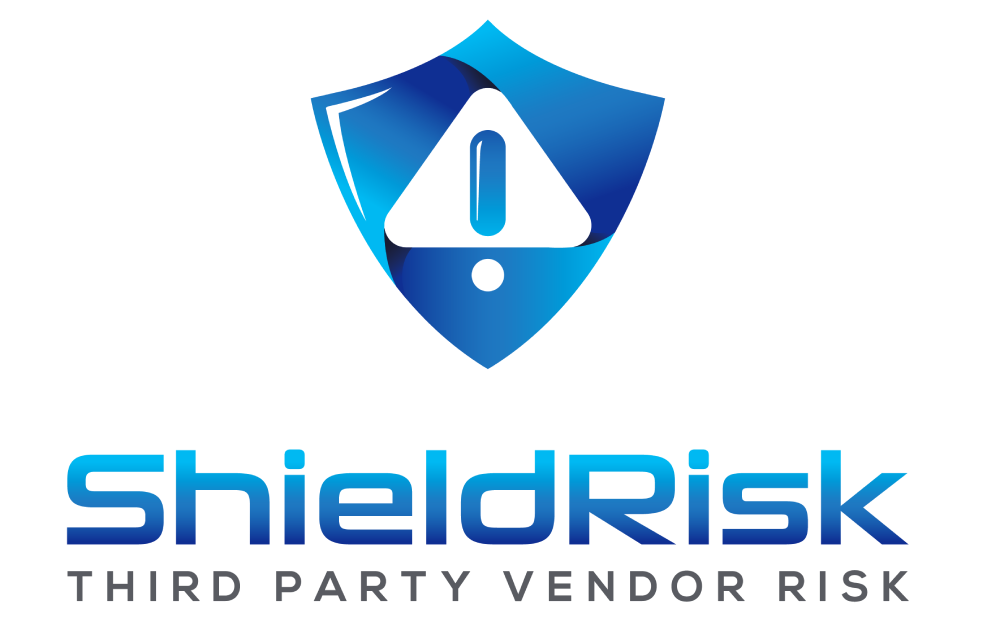AI in TPRM: Transforming Third-Party Risk Intelligence in Real Time
In today’s hyper-connected digital environment, organizations rely heavily on third-party vendors for critical operations—from IT infrastructure and cloud services to customer data processing and logistics. However, this extended enterprise ecosystem brings with it an amplified risk surface, increasing the likelihood of cyber incidents, compliance failures, and operational disruptions. Traditional third-party risk management (TPRM) methods—relying on periodic assessments and manual scoring—are no longer sufficient.
Enter Artificial Intelligence (AI) and Machine Learning (ML)—technologies that are now transforming the TPRM landscape by enabling real-time risk intelligence, smarter scoring models, and proactive anomaly detection.
The Shift from Static to Real-Time Risk Intelligence
2) Manual risk scoring based on questionnaires.
3) Static control evaluation without dynamic inputs.
How AI and ML Enhance TPRM Programs
Dynamic Vendor Risk Scoring
AI-powered platforms aggregate structured and unstructured data to generate dynamic risk scores. These scores adapt based on:
1) Vendor cybersecurity posture.
2) Geopolitical or regulatory developments.
3) Industry-specific threat patterns.
4) Third-party financial health signals.
Anomaly Detection and Behavioral Analytics
ML models can baseline normal vendor behaviors and flag anomalies in real-time:
1) Sudden spike in data downloads.
2) Unusual geolocation access attempts.
3) Repeated failed authentications.
Predictive Risk Modelling
By training on historical risk indicators and incident data, machine learning (ML) algorithms can predict which vendors are likely to pose threats in the near future. Early warning systems help businesses initiate targeted mitigation steps before risks materialize.
A large financial institution deployed an AI-enabled TPRM platform integrated with its SOC and vendor management systems. The AI engine continuously scanned vendor endpoints, mapped compliance posture against ISO 27001 and GDPR requirements, and flagged suspicious traffic behavior.
Result:
1) 65% faster identification of high-risk vendors.
2) Reduced annual compliance workload by 40%.
3) Enabled continuous audit-readiness across 200+ vendors.
1) Real-time insights over periodic snapshots.
2) Objective scoring over subjective manual ratings.
3) Faster remediation through automated alerts.
4) Scalability across thousands of vendors.
5) Audit-readiness through centralized, up-to-date documentation



